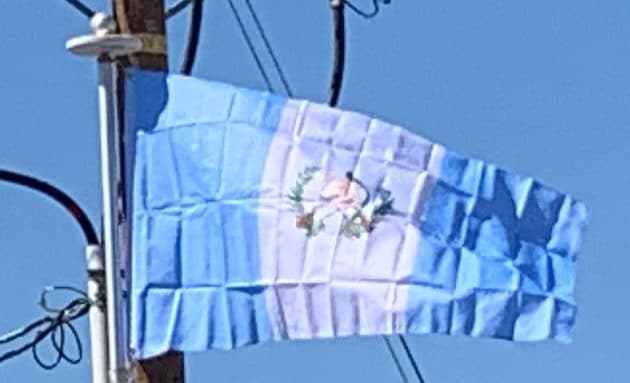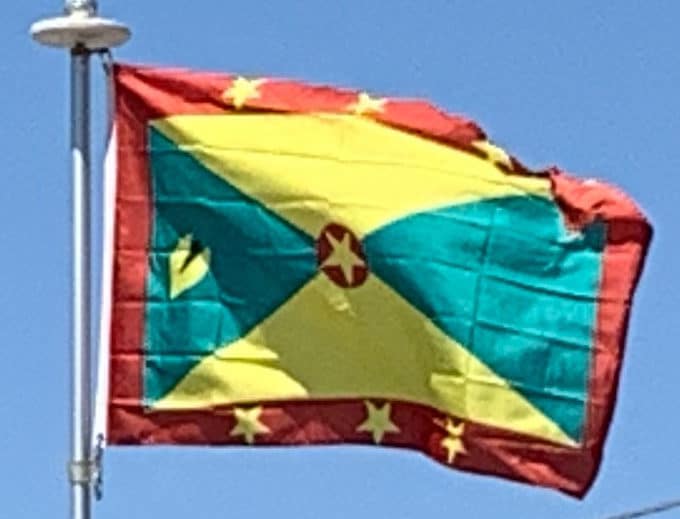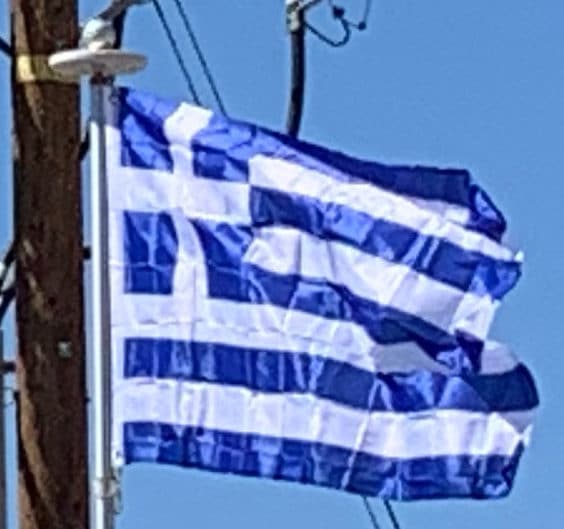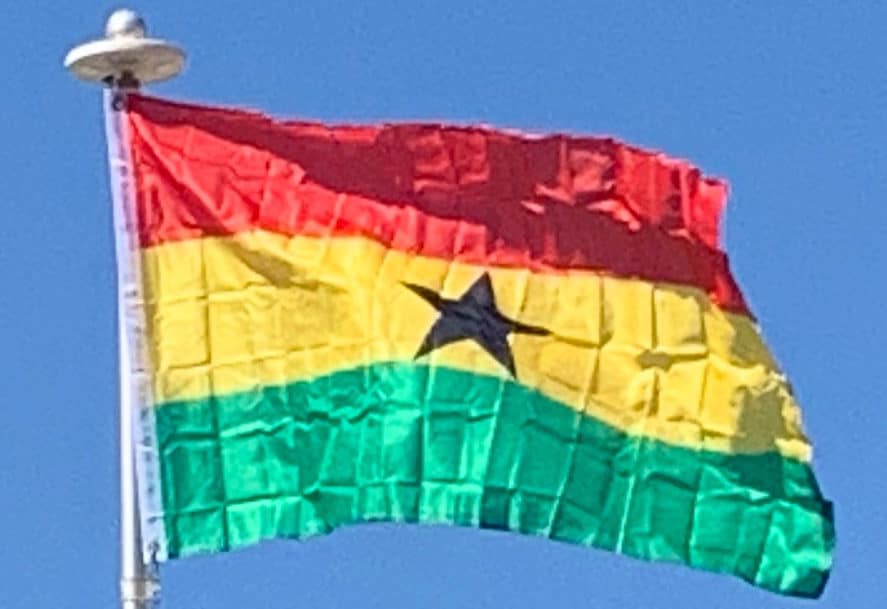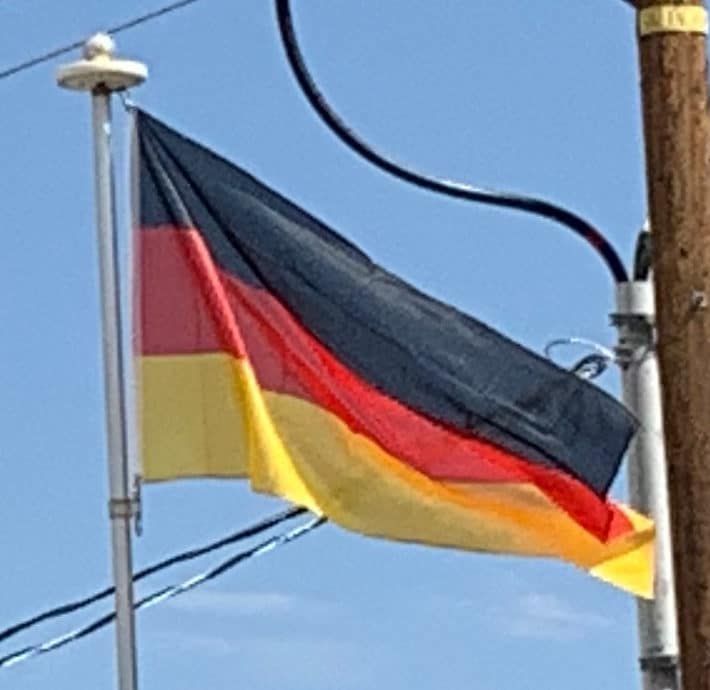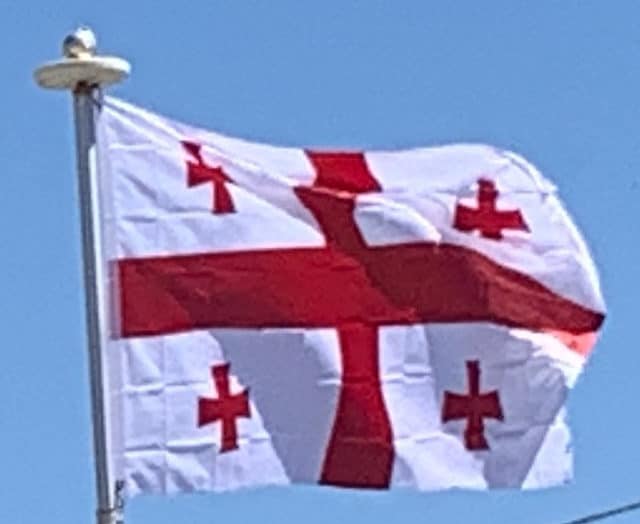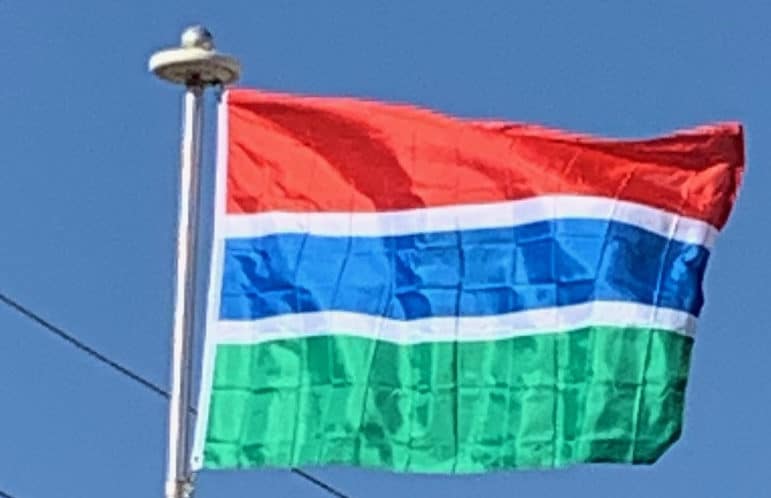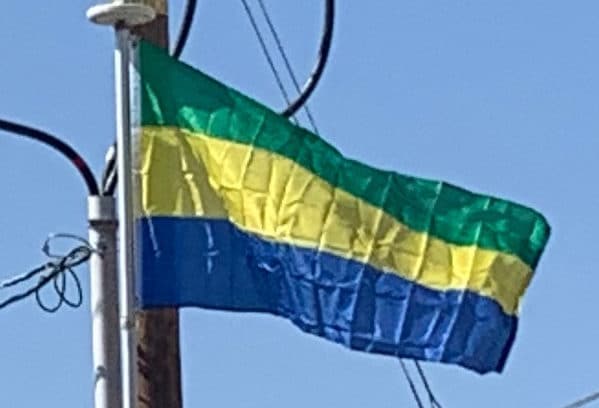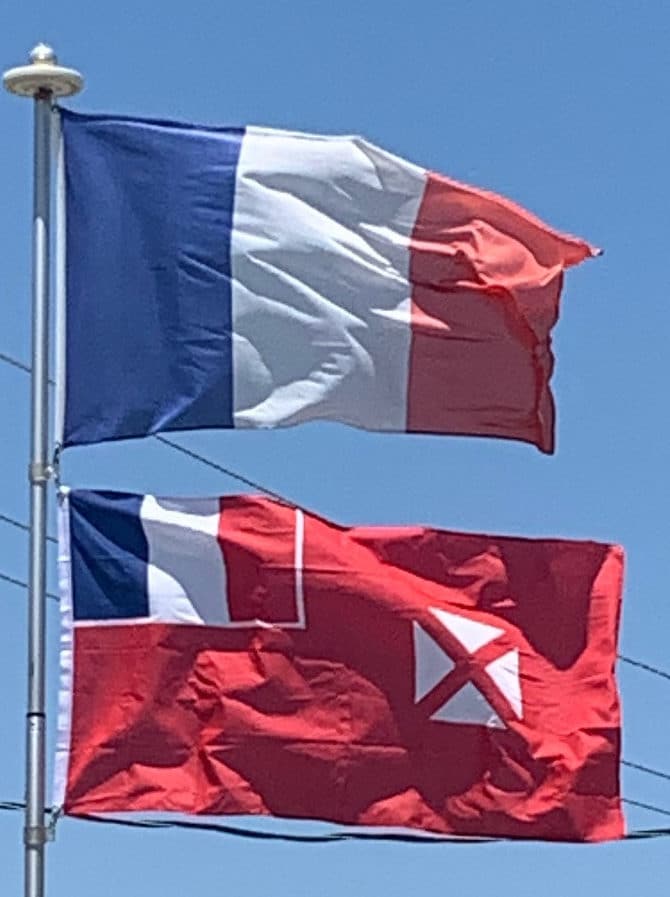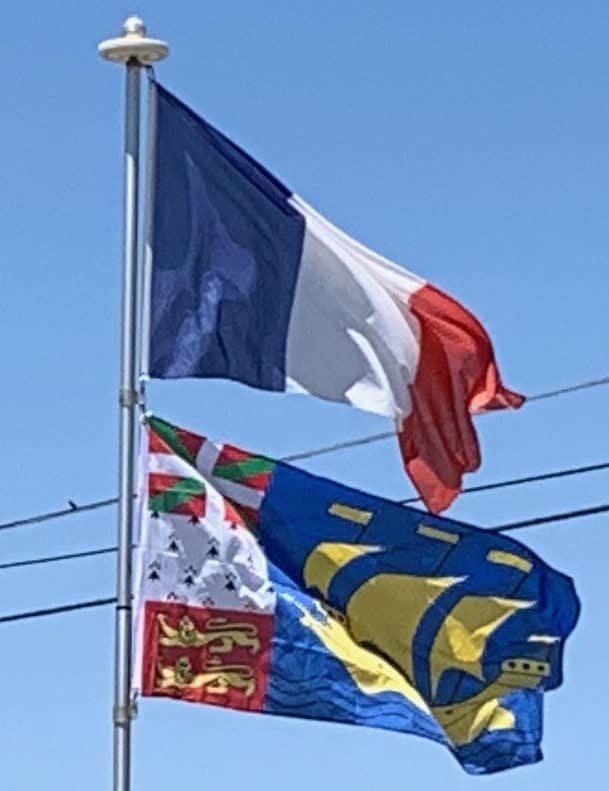Guatemala
The flag of Guatemala, often referred to as “Pabellón Nacional” (literally, “National Flag”) or “Azul y Blanco” (“Blue and White”) features two colors: Sky blue and white. The two Sky blue stripes represent the fact that Guatemala is a land located between two oceans, the Pacific Ocean and the Atlantic Ocean (Caribbean sea); and the sky over the country (see Guatemala’s national anthem). The white signifies peace and purity. The blue and white colors, like those of several other countries in the region, are based on the flag of the former Federal Republic of Central America.
